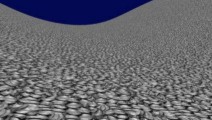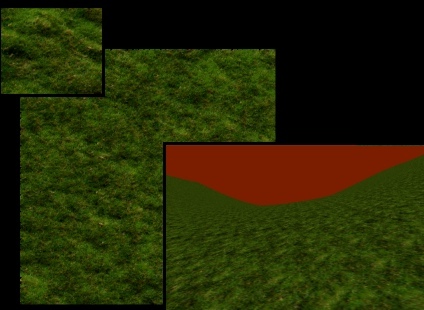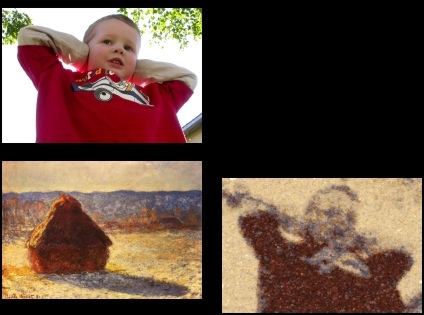These utilties provide C# implementations of key ideas from two Siggraph papers: Efros and Freeman's "Image Quilting for Texture Synthesis and Transfer" (2001) and Cohen et. al.'s "Wang Tiles for Image and Texture Generation" (2003). The first utility generates Wang Tiles for non-periodically tiling the plane with textures (like the hill of beans shown above). The second performs texture transfer, as depicted below.
The reader is referred to the following Siggraph papers for more information about the algorithms:
Efros, A. A. and W. T. Freeman (2001). Image Quilting for Texture Synthesis and Transfer. Siggraph 2001, Los Angeles, California.
Cohen, M. F., J. Shade, et al. (2003). Wang Tiles for Image and Texture Generation. Siggraph 2003, San Diego.
Downloads:
Source, Executables, and Visual Studio 2003.NET Solutions and Project Files
Documentation
(This is released under a 'you can do whatever you want with this' license, and includes no support (but please feel free to mail me if you have questions).
Related:
Microsoft .NET Framework Version 1.1 Redistributable Package (required)


